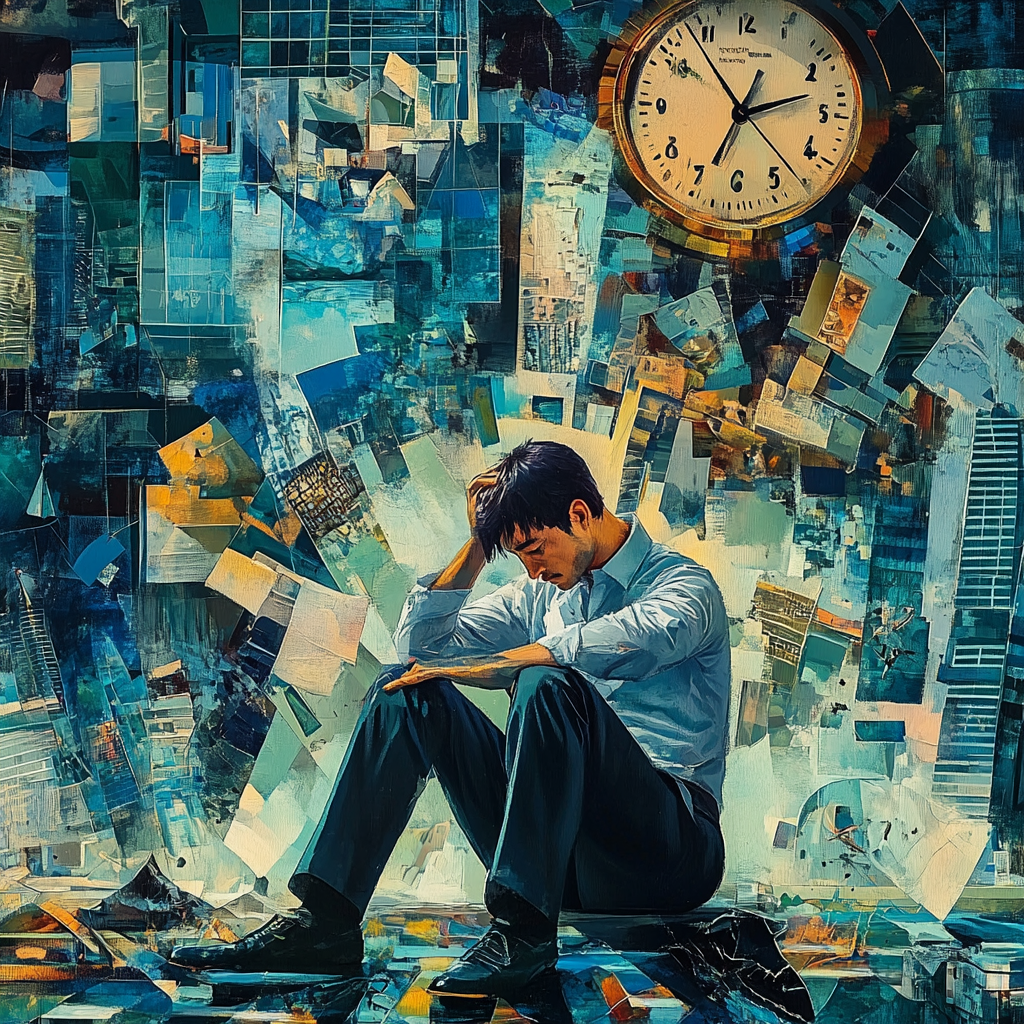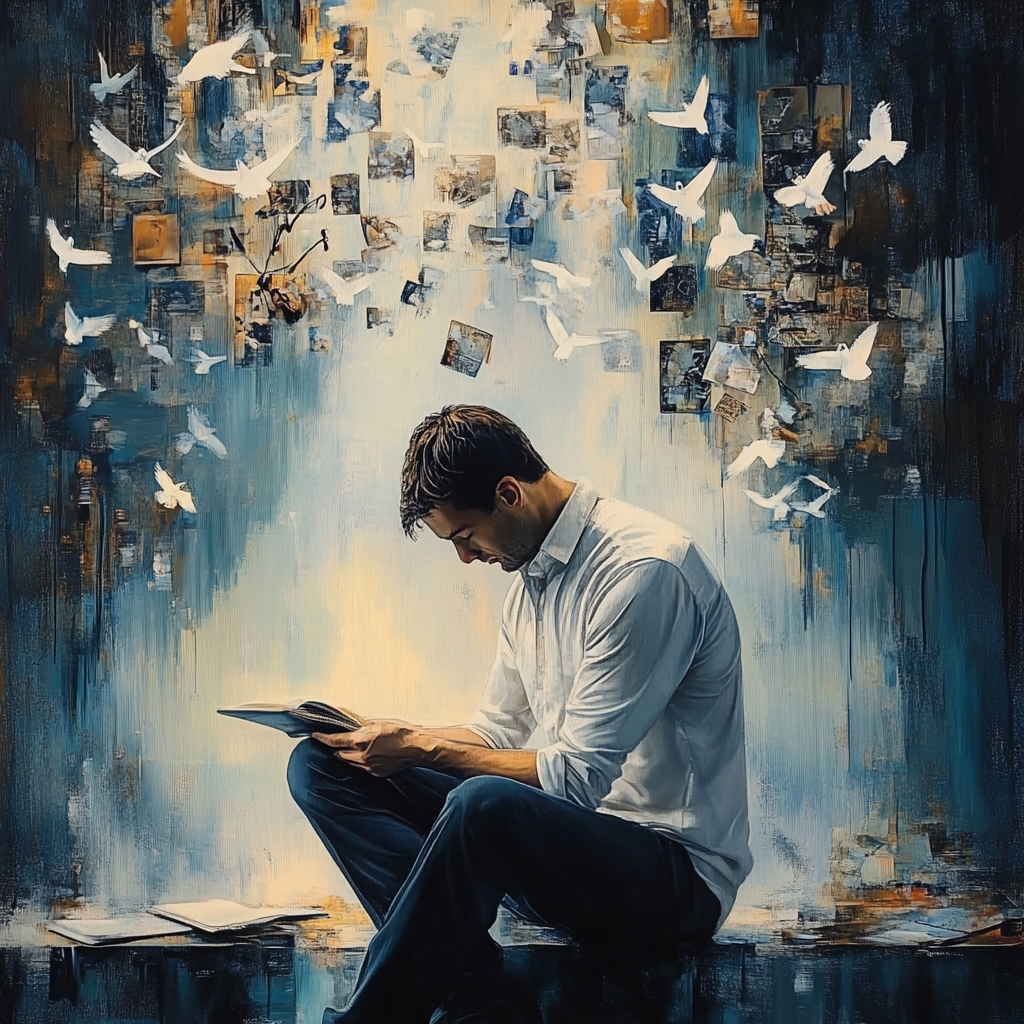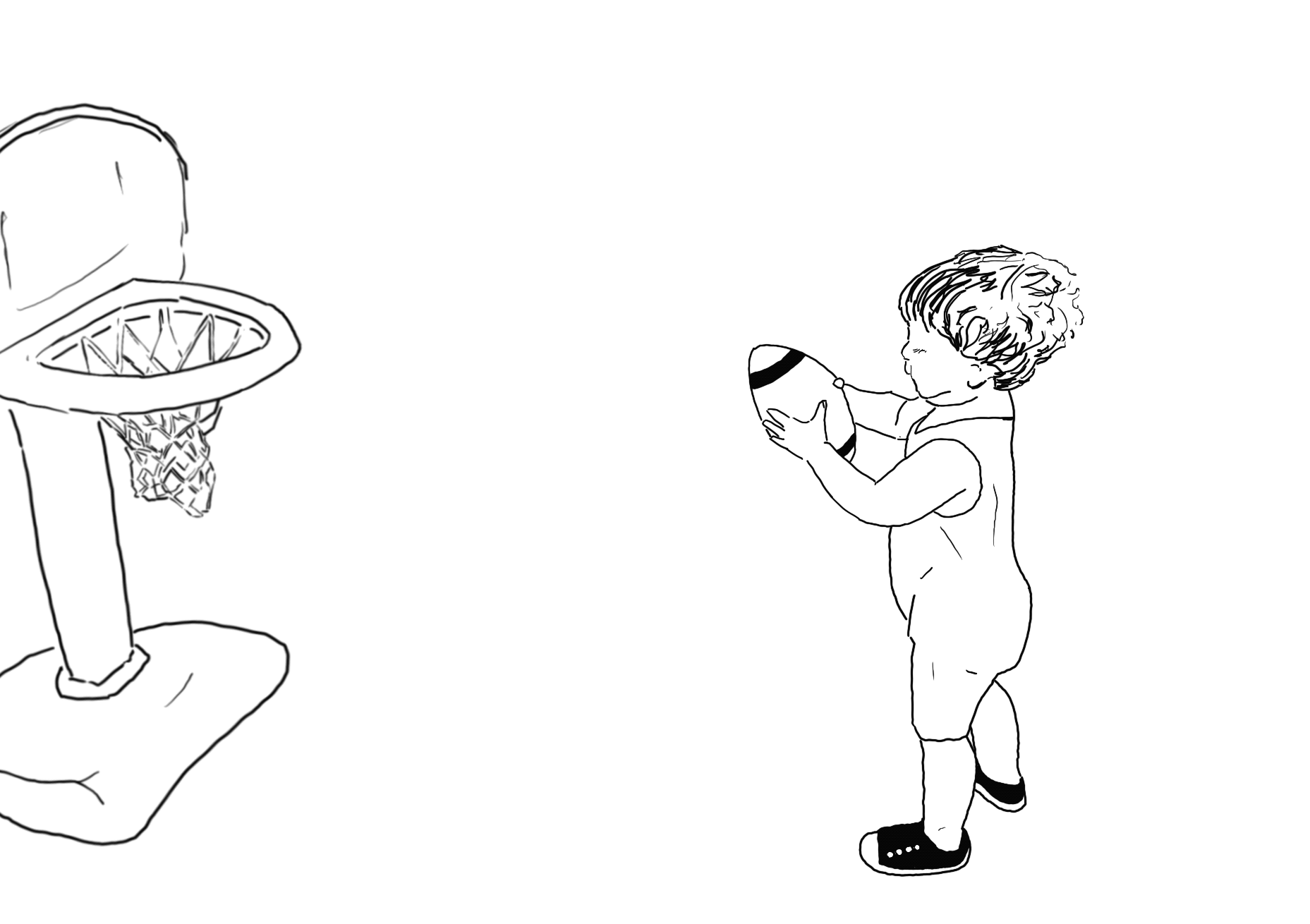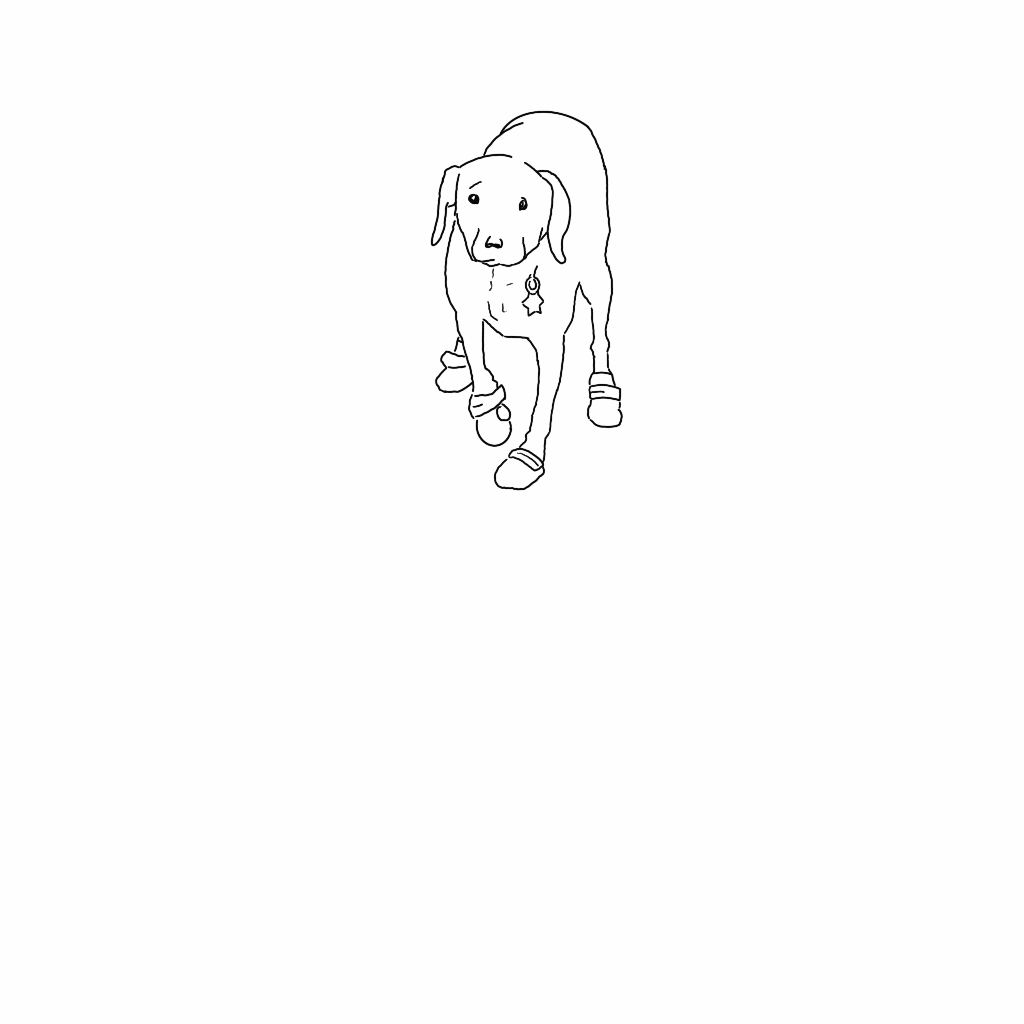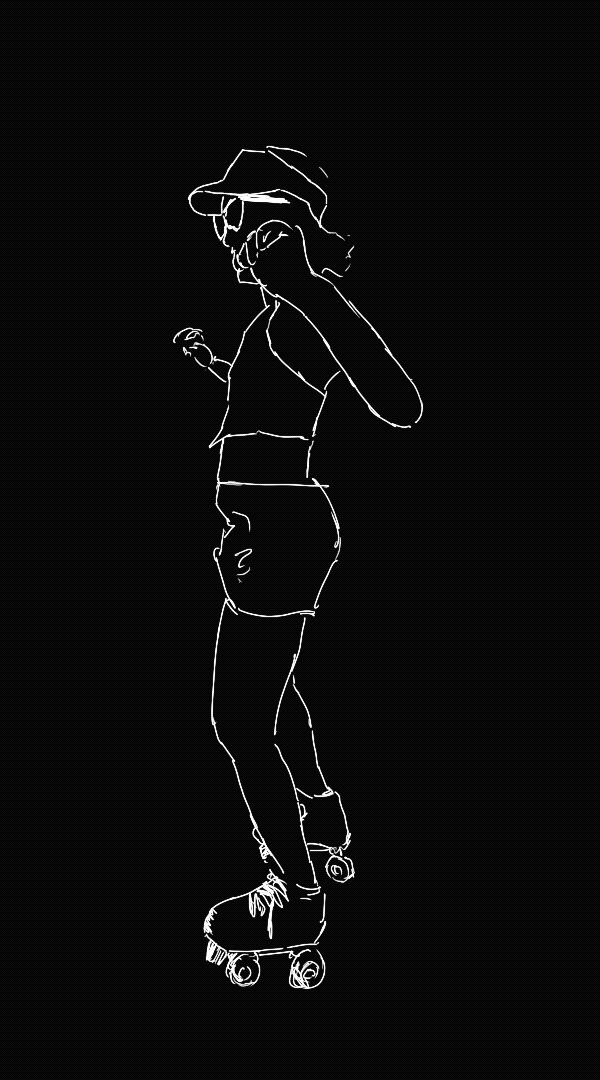Detroit isn't just a city—it's an American saga written in steel, music, and resilience. Born as a humble French fur-trading outpost in 1701, Detroit rapidly evolved into an industrial powerhouse whose heartbeat was heard around the globe.
In the roaring heart of the early 20th century, Detroit became the very definition of modernity. Henry Ford's assembly line transformed it into the Motor City, a place where dreams raced down assembly lines, and chrome-plated muscle became a symbol of freedom. The city surged with ambition, drawing in waves of workers seeking prosperity, each with their own story, united by a shared vision of hope and possibility.
But Detroit wasn't just engines and steel. Beneath its industrial skin beat the rhythm of Motown, giving birth to musical legends like Stevie Wonder, Marvin Gaye, and The Supremes. This soulful soundtrack defined generations, creating a legacy that outshined factory smokestacks and echoed through history as the heartbeat of a nation. Motown wasn't just music—it was cultural revolution, a defiant stand against segregation, a powerful expression of love, loss, and the enduring strength of the human spirit.
Yet, success cast shadows. As the auto industry boomed, the city grappled with racial tensions and urban unrest, erupting dramatically during the 1967 riots. Detroit, once the shining beacon of American industry, found itself in turmoil, battling economic downturns, crime, and decay. Factories shuttered their doors, neighborhoods emptied, and the once-thriving heartland of America became a cautionary tale of industrial decline.
Still, Detroit refused to surrender. In the gritty aftermath, the city became a canvas of raw, untamed creativity. Abandoned factories evolved into stunning street art murals, statements of defiance and rebirth. Community gardens bloomed amidst rubble, driven by residents determined to reclaim their neighborhoods. Artists, entrepreneurs, and visionaries breathed new life into forgotten spaces, crafting a vibrant tapestry of innovation and hope from the ruins.
Today, Detroit stands defiantly reborn, a city forged through struggle and triumph. Its skyline reflects a city transformed, from revitalized downtown streets buzzing with startups, trendy cafés, and boutique hotels, to historic buildings lovingly restored to their former glory. Detroit has embraced a bold new identity, rooted deeply in its storied past yet boldly looking forward.
This city is more than its struggles—it's about a relentless, resilient spirit that refuses defeat. Detroit is a living, breathing testament to reinvention and rebirth, a city whose scars have become badges of honor, proof that even from the darkest days, new dreams can rise. Detroit continues to inspire, calling to those who dare to dream big, rise from the ruins, and redefine the impossible.
Detroit, the Motor City, the city of dreams and grit, continues to roar, forever driven by the pulse of innovation and the indomitable heartbeat of its people.


